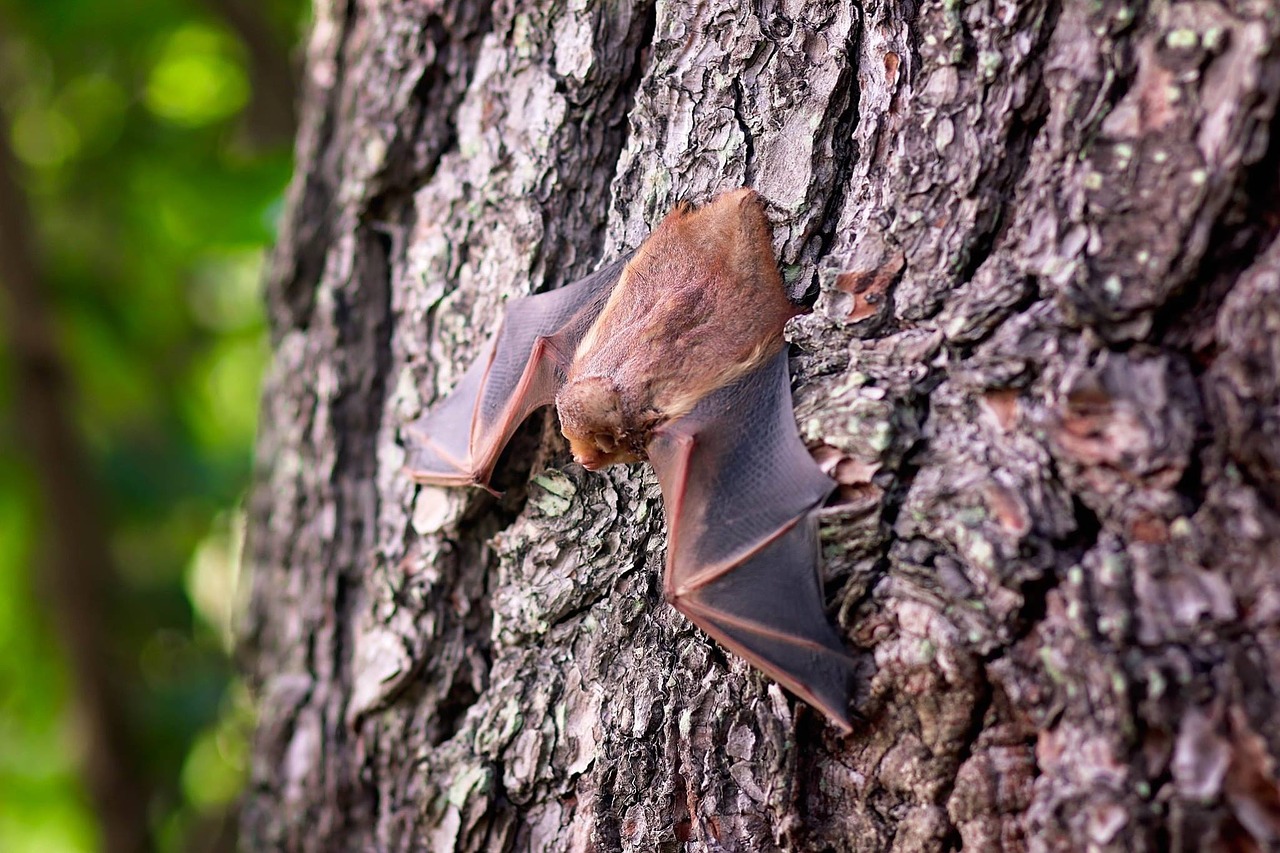Two of the biggest conservation causes in the UK right now don’t go together in the public eye. Yet they are more tied together than we would realise. Great Britain is home to some fantastic historic architecture in its historic churches. Some of these have fallen out of use and into disrepair. Sometimes, they become a matter of urgent care. These quiet, dark, secluded places sometimes end up home to bats. Often, churches still in use are home to bats too – disrupting the church’s activities. The Bats in Churches Scheme aims to bring two conservation issues together. It has just won a substantial amount of lottery cash for conservation work.

About the Bats in Churches Scheme
The scheme has just received some £3.8m for the protection of vital church buildings that now play home to bats. Over the next five years, the scheme will use the money for:
- Develop new technologies to allow bats and humans to co-exist in churches together
- To develop bat conservation skills for qualified professionals and volunteers alike
- To bring together congregations and bat enthusiasts to work together
The UK’s bat population is particularly at risk due to deforestation and declining insect numbers. Barn conversions to homes and changed farming practices have made life very difficult. Many are finding homes in church rafters instead. The problem is that some are disrupting church use, creating problems for congregations. Some have the potential to do enormous damage to the historic fabric of a church. There is nothing (due to protection laws) that church management can do about it. This means they need to live alongside each other.
There are various programmes of bat conservation. However, The Bats in Churches Scheme hopes to help just one of these issues to help improve the lot for these important rodent species while protecting important buildings.
